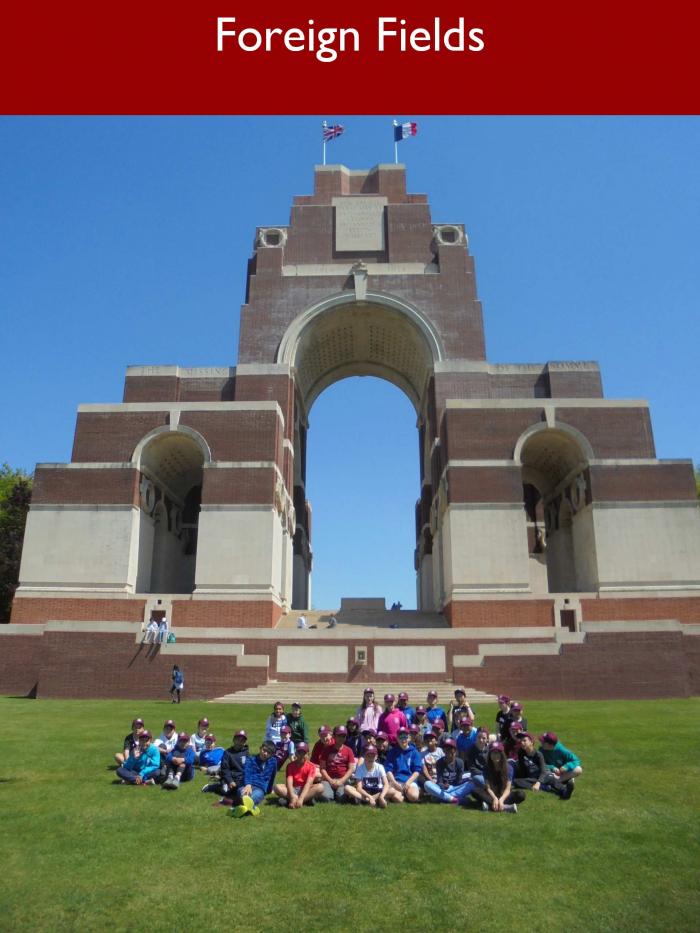
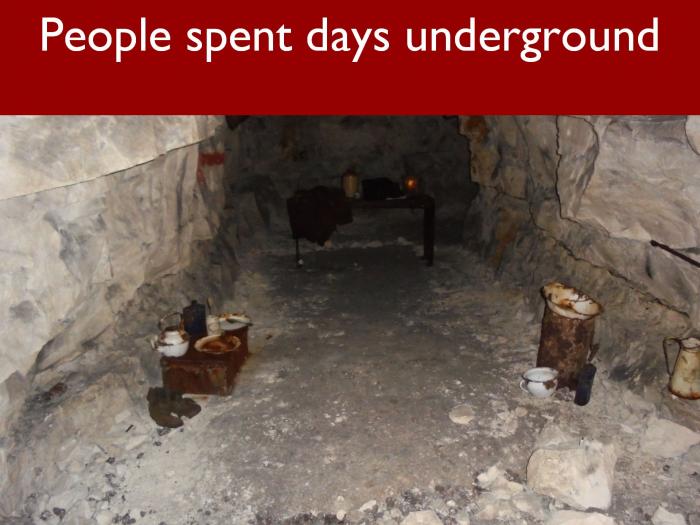
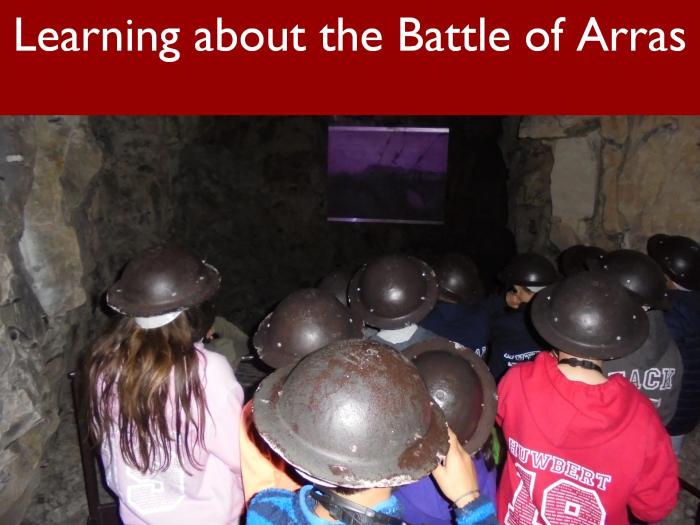
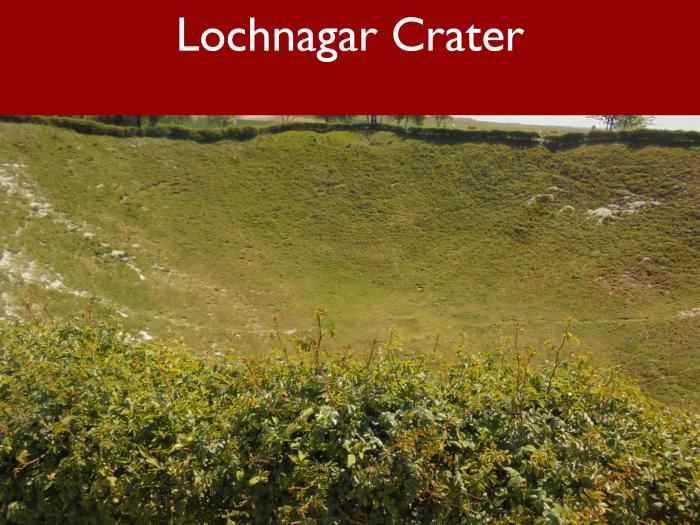
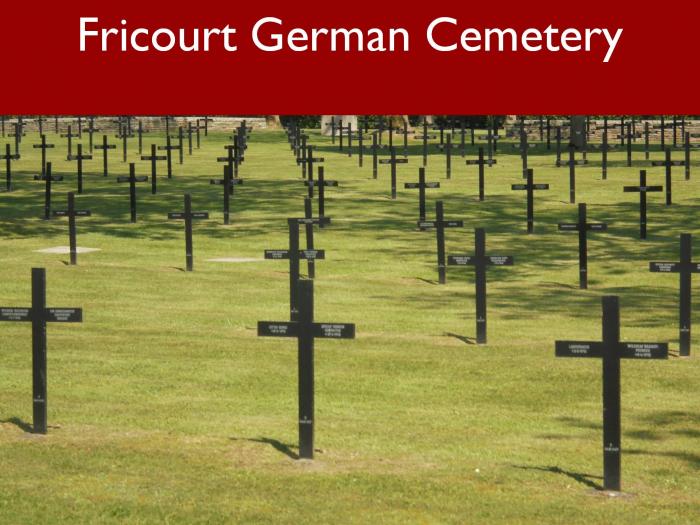
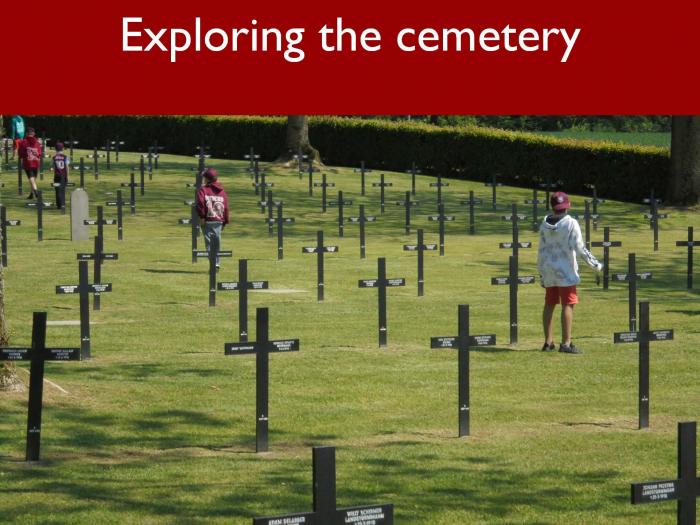
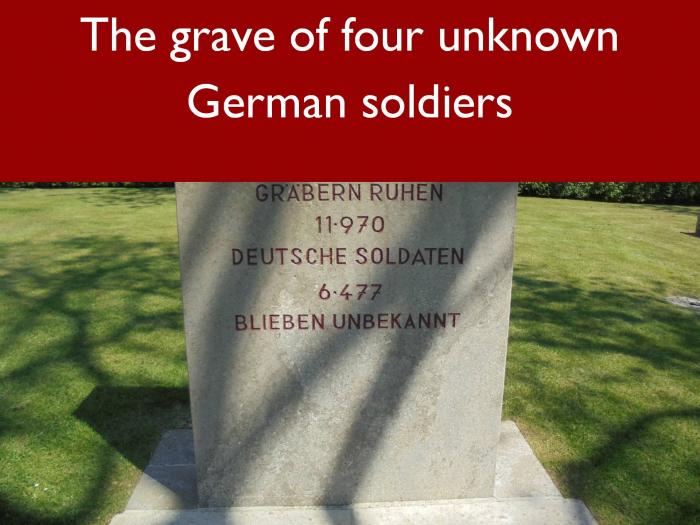
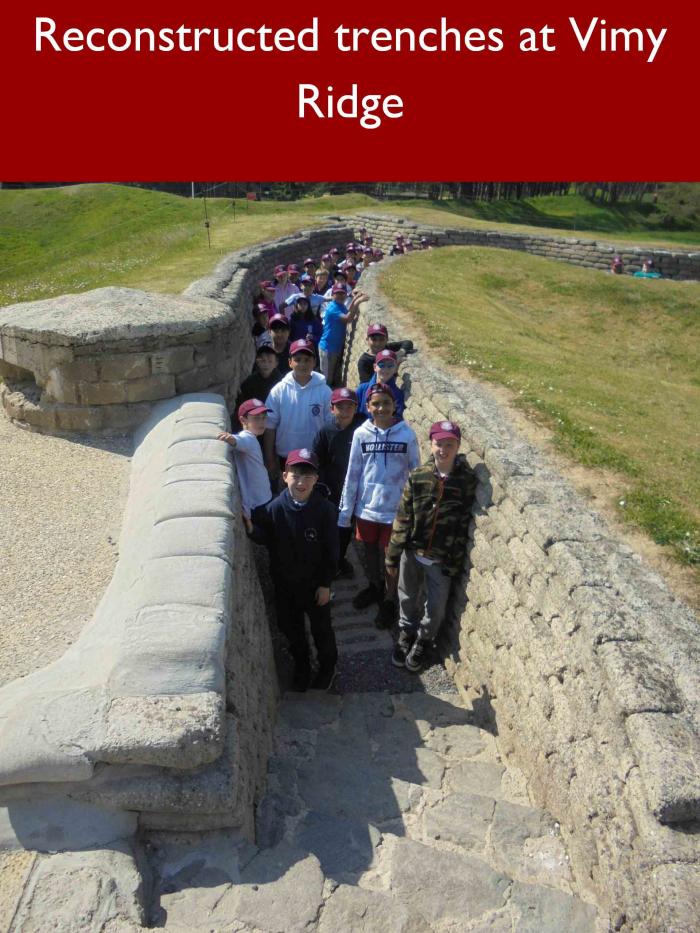
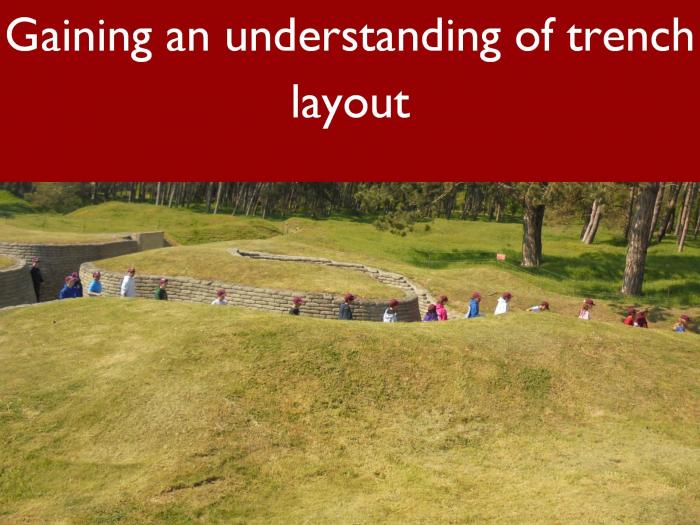
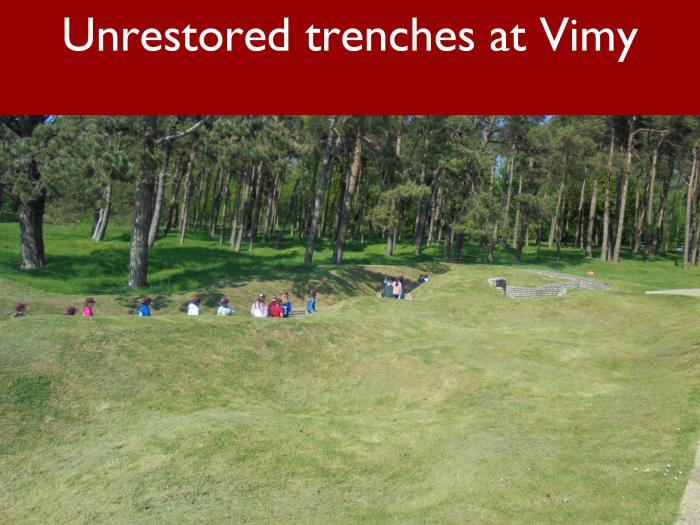
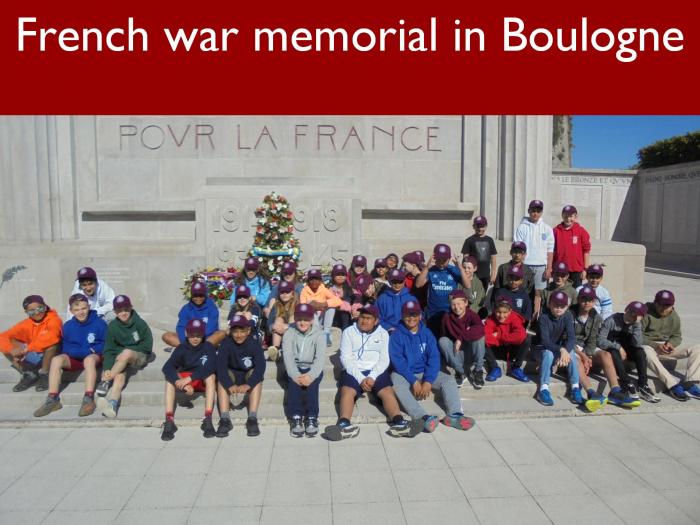
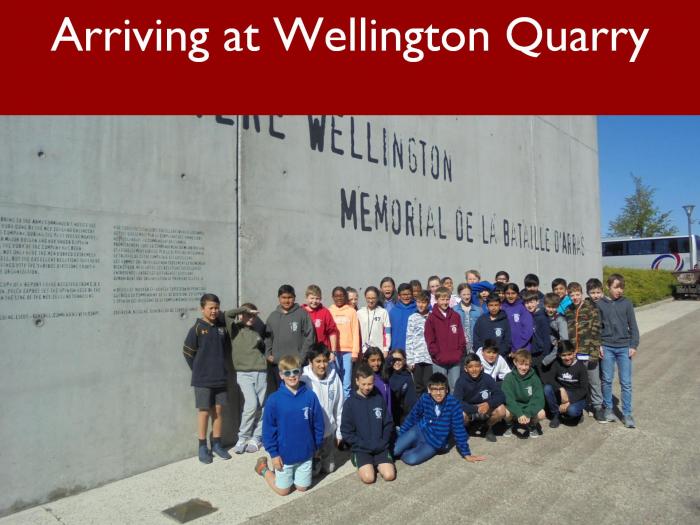
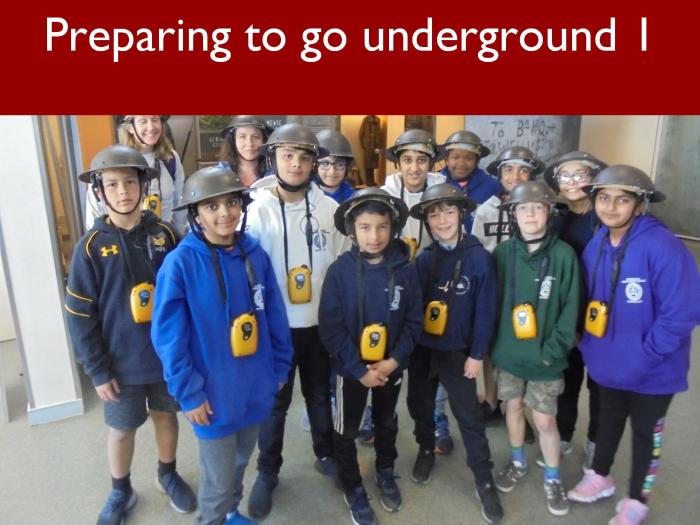
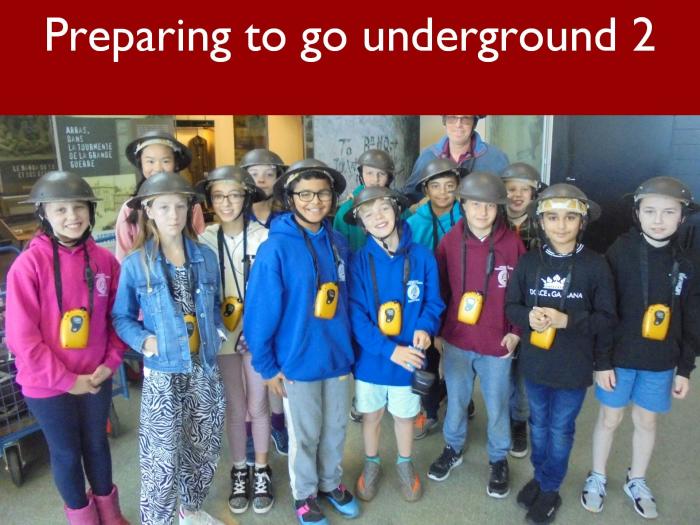
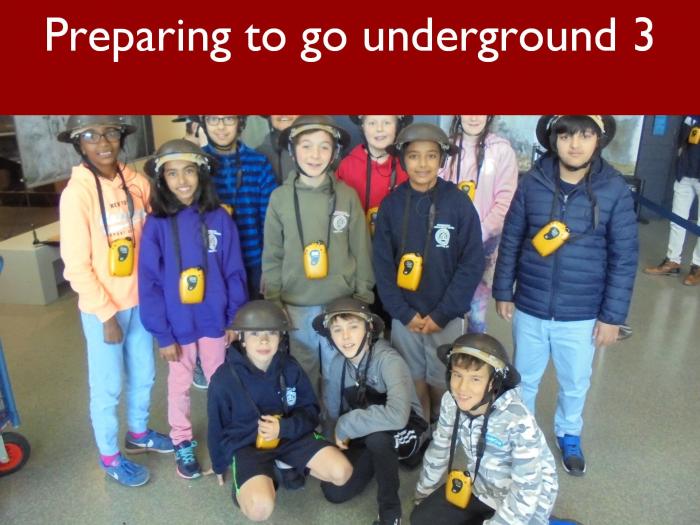
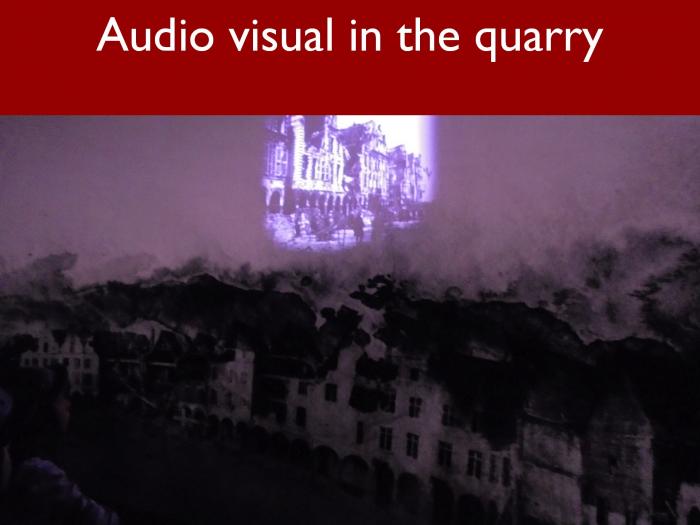
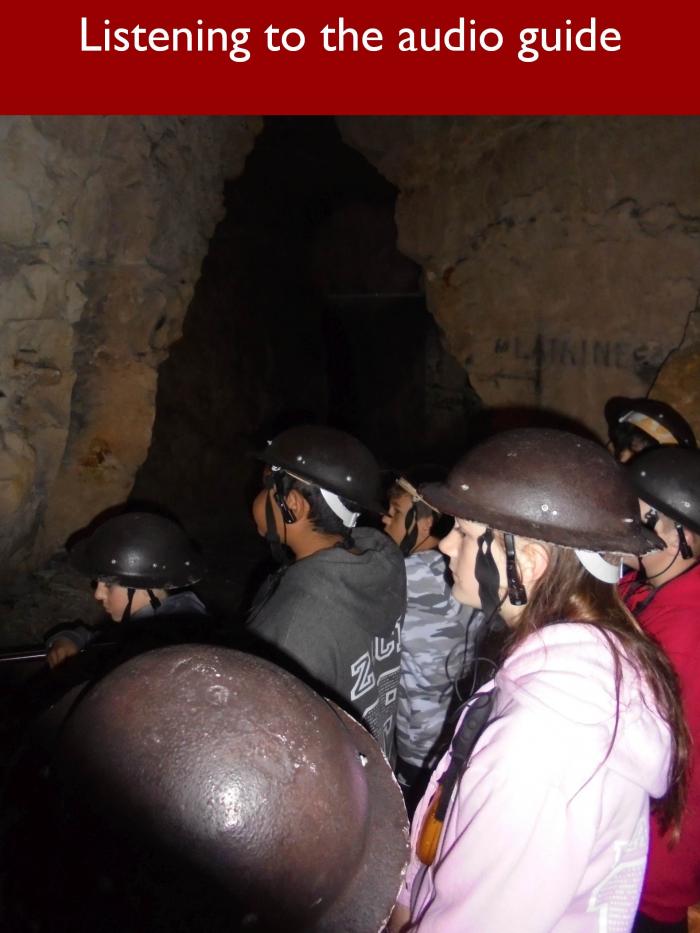
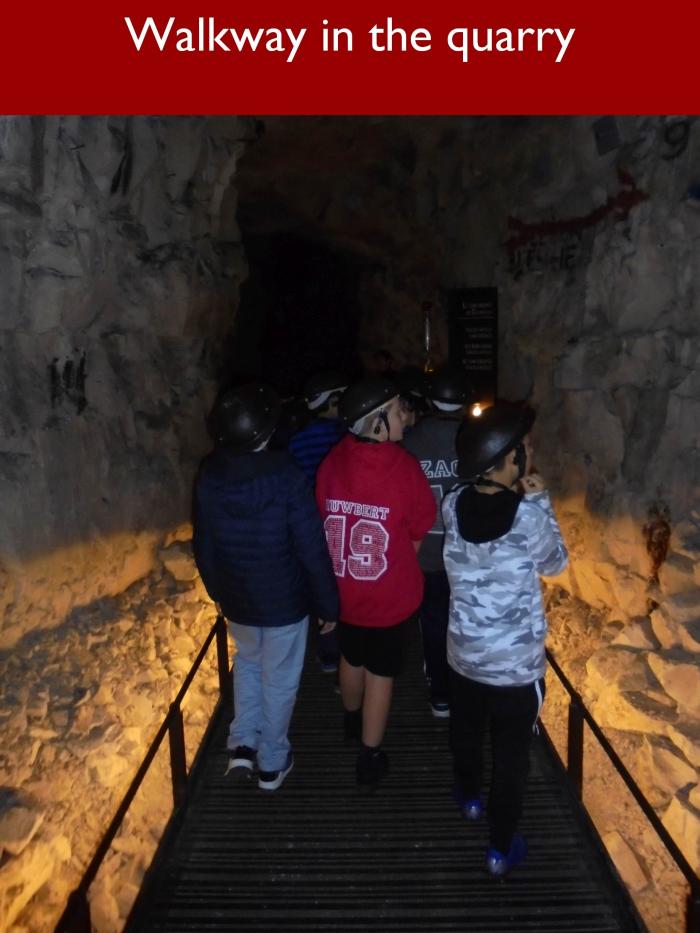
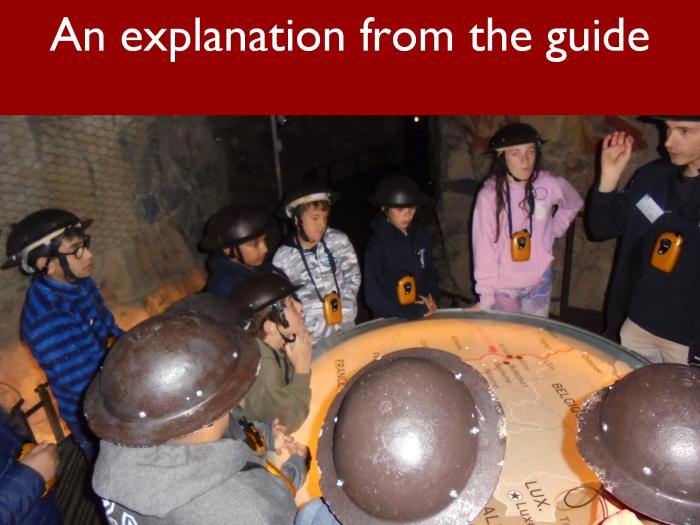
Foreign Fields
The Form 6 residential trip to Le Touquet in France offers our children learning opportunities in so many different ways. There are opportunities to speak French to real French people in the market, opportunities to try different and unusual food at the snail farm, and opportunities to learn about the history of the port city of Boulogne, to say nothing of the fun to be had by going far away from home together or the thrill of feeling the sand between your toes on one of the most glorious beaches in the whole of France.
One day of the trip, however, is reserved for something more sombre. Le Touquet is within easy reach of the battlefields of the Western Front, and last week the children had the chance to see five very different sites. In his Tweet to the school, Mr Robbins called it a time for reflection, and that is certainly true, but I think it is also much more than that. Learning about the First World War in the classroom is one thing, and the children spent a term on this topic in Form 5, but seeing history at first hand gives you empathy and takes your understanding to a completely different level. It is why we organise school trips, of course, and I am sure Form 6 will remember their battlefield visit for years to come.
In visiting the Western Front, Eversfield children are following in the tradition of battlefield tourism, which began one hundred years ago in the immediate aftermath of the Armistice. They quickly realised, however, that the pristine cemeteries and memorials they were taken to see were very different from the squalid, muddy landscape left after the guns fell silent, and where for miles around not a single tree was left standing.
The day started at the Wellington Quarry in Arras, where the children took an organised tour more than twenty metres below ground level, to find out how this old quarry, dating from as far back as the Middle Ages, played a highly significant part in World War One. Arras is built on chalk and, although the quarry had fallen into disuse by the beginning of the Twentieth Century, an extensive network of tunnels and caverns remained beneath the city. In 1916, with war raging on the Western Front, the British forces realised how helpful the tunnels could be, not only in providing shelter for the troops but also enabling them to make preparations for what became known in 1917 as the Battle of Arras.
The tunnel network was substantially extended, with much of the work being undertaken by miners from New Zealand, which is how the quarry has acquired its current name. The children saw at first hand what it would have been like to live underground – eating, sleeping, visiting the WC – and, on the day before the battle started, attending an Easter service held by a padre at a makeshift chapel cut from the chalk. Just before the end of the tour, the children reached the steps the soldiers would have climbed to go into the trenches on 9th April 1917, and saw the striking image of words from Wilfred Owen’s poem Strange Meeting projected onto the wall. “I am the enemy you killed, my friend…” Returning to the surface, there was so much on which to reflect. Evie Mae said that she found the visit to the Wellington Quarry to have been the most moving part of the day because it showed so graphically what life was like for soldiers at the time.
As part of their studies in school, the children learnt about the Battle of the Somme, where over 20,000 men were killed on one fateful day, 1st July 1916. At Lochnagar, the children viewed the vast crater left when a mine was detonated as the battle began. For Theo, this really brought home the destructive power of war. Nearby, at Thiepval, everyone was taken aback by the sheer scale of the famous memorial arch designed by Lutyens, which bears the names of more than 72,000 soldiers who have no known graves.
To help put the visit into some sort of perspective, the teachers had prepared some short biographies of men from Solihull whose names are inscribed on the arch. One such, Captain Guy Boddington, whose family lived at Hillfield Hall, disappeared whilst on night patrol between the lines in December 1916 and, having become stranded on a German parapet, may have died in captivity. Alfie believed he had a more personal connection, and was searching amongst the names for his great great grandfather. In fact, there are more than ten soldiers bearing his family name commemorated at Thiepval.
A short drive from Thiepval is Fricourt German Cemetery and, with its plain dark crosses, it is quite different from the rows of white headstones typical of the Commonwealth War Graves. Here, the children distinctly felt the sombre mood, and they noticed that these graves, like the one in the photograph, contain up to four bodies. Poignantly, in the light of subsequent events, some of the graves here are Jewish, and stones are often placed on top of them by way of respect and remembrance.
Finally, at Vimy Ridge, the children gained an understanding of the role played by the Commonwealth in the First World War. The men commemorated at Vimy hailed from Canada and represented some of the almost 60,000 fatalities the nation suffered during the conflict. In the memorial park at Vimy, some trenches have been reconstructed, and Jeevan and Turan said how fascinating they found it to walk through them and to reflect on what it must have been like to climb over the parapet and go into battle. Interestingly, only part of the memorial park is open to visitors. Much of the land is still so full of unexploded munitions, it is too dangerous to be walked upon, so has to be grazed by sheep.
We have, of course, recently marked the centenary of the end of World War One. Unlike when I was growing up, there is no-one left alive now who remembers the conflict, so it is tempting to wonder whether the soldiers who died on the Western Front will still be remembered in one hundred years’ time. Encouragingly, the pupils in Form 6 were adamant that they would not be forgotten, as these were people who gave their lives for others, and because there are still so many stories of bravery and selflessness being uncovered today.